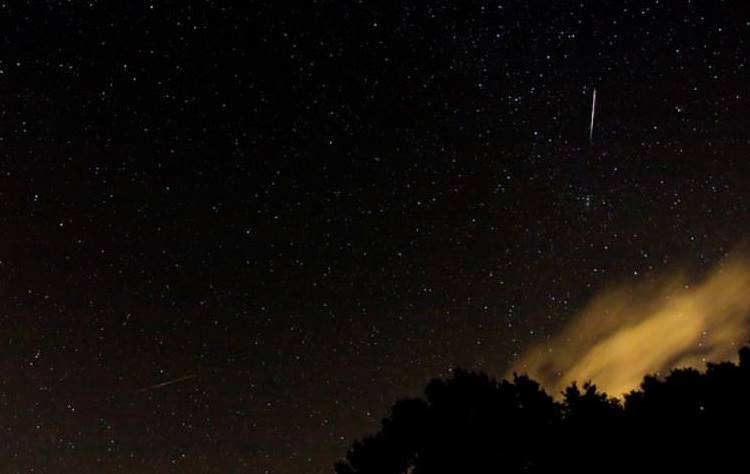The Perseid meteor shower, one of the most dazzling celestial events of the year, is about to reach its peak this weekend. Here’s what you need to know to catch the stunning display of shooting stars.
The Perseids are a meteor shower that occurs every year between July 17 and August 24, when Earth passes through the debris trail left by Comet Swift-Tuttle. The comet, which is about 16 miles (26 kilometers) wide, orbits the sun once every 133 years. As it approaches the sun, it heats up and releases dust and ice particles that form a cloud around it. Some of these particles enter Earth’s atmosphere and burn up, creating bright streaks of light across the sky.
The Perseids are named after the constellation Perseus, where they appear to originate from. The point in the sky from which the meteors seem to radiate is called the radiant. The radiant of the Perseids is located in the northeastern sky, near the border of Cassiopeia and Andromeda.
When is the best time to watch?

The Perseid meteor shower will peak on August 12 and 13, when the Earth will encounter the densest part of the comet’s debris stream. According to the American Meteor Society, the best time to watch is between midnight and dawn, when the radiant is highest in the sky. The peak activity is expected to occur around 4 a.m. EDT (0800 GMT) on Sunday, August 13.
The number of meteors you can see per hour depends on several factors, such as your location, weather conditions, light pollution, and moon phase. This year, the moon will be in its waning crescent phase, which means it will be only 10% illuminated and rise late in the night. This will provide dark skies that are ideal for spotting meteors. In a clear and dark location, you could see up to 100 meteors per hour at the peak of the shower.
How to watch?
To watch the Perseid meteor shower, you don’t need any special equipment or skills. All you need is a comfortable spot with a wide view of the sky, away from city lights and other sources of glare. You can use a reclining chair or a blanket to lie down and relax. You don’t need to look at any specific direction, as the meteors can appear anywhere in the sky. However, you may have a better chance of seeing more meteors if you face northeast, where the radiant is located.
It may take some time for your eyes to adjust to the darkness, so be patient and give yourself at least 20 minutes to get used to the night sky. You may also want to bring some snacks and drinks to keep yourself hydrated and energized. And don’t forget to dress warmly, as it can get chilly at night.
What else can you see?
The Perseid meteor shower is not the only thing you can see in the night sky this weekend. You can also spot some planets and constellations that are visible at this time of year. For example, you can see Jupiter and Saturn in the southern sky after sunset, shining brightly among the stars of Sagittarius and Capricornus. You can also see Mars and Venus in the western sky after sunset, appearing as reddish and white dots respectively.
If you look at the northeastern sky, where the Perseids originate from, you can also see some famous constellations that are part of Greek mythology. For instance, you can see Cassiopeia, which represents a queen who boasted about her beauty; Andromeda, which represents a princess who was chained to a rock as a sacrifice for a sea monster; Cepheus, which represents a king who was Andromeda’s father; and Pegasus, which represents a winged horse that sprang from Medusa’s blood.
The Perseid meteor shower is a wonderful opportunity to enjoy nature’s fireworks and marvel at the beauty of the night sky. Don’t miss this chance to witness one of the most spectacular shows of the year!